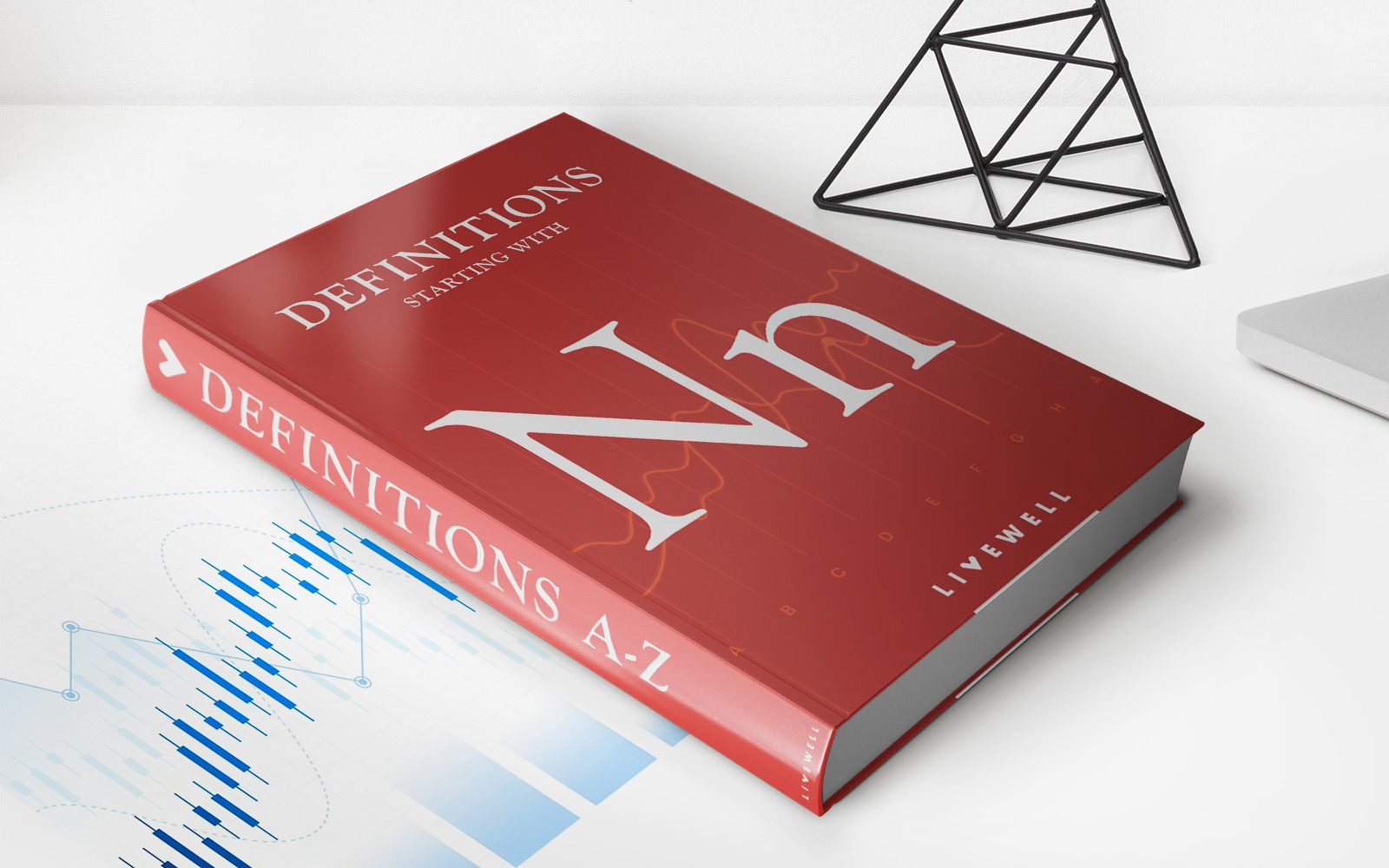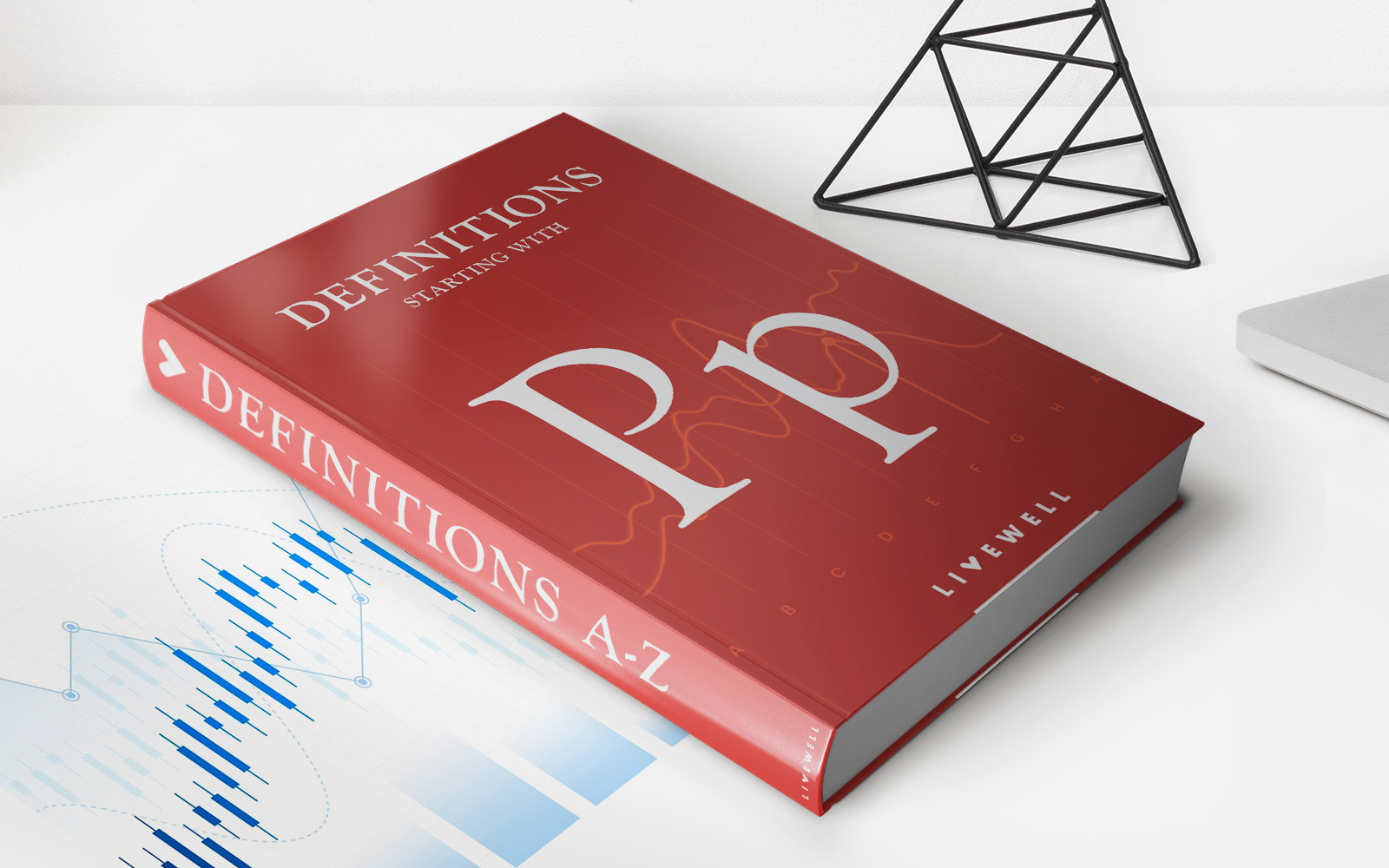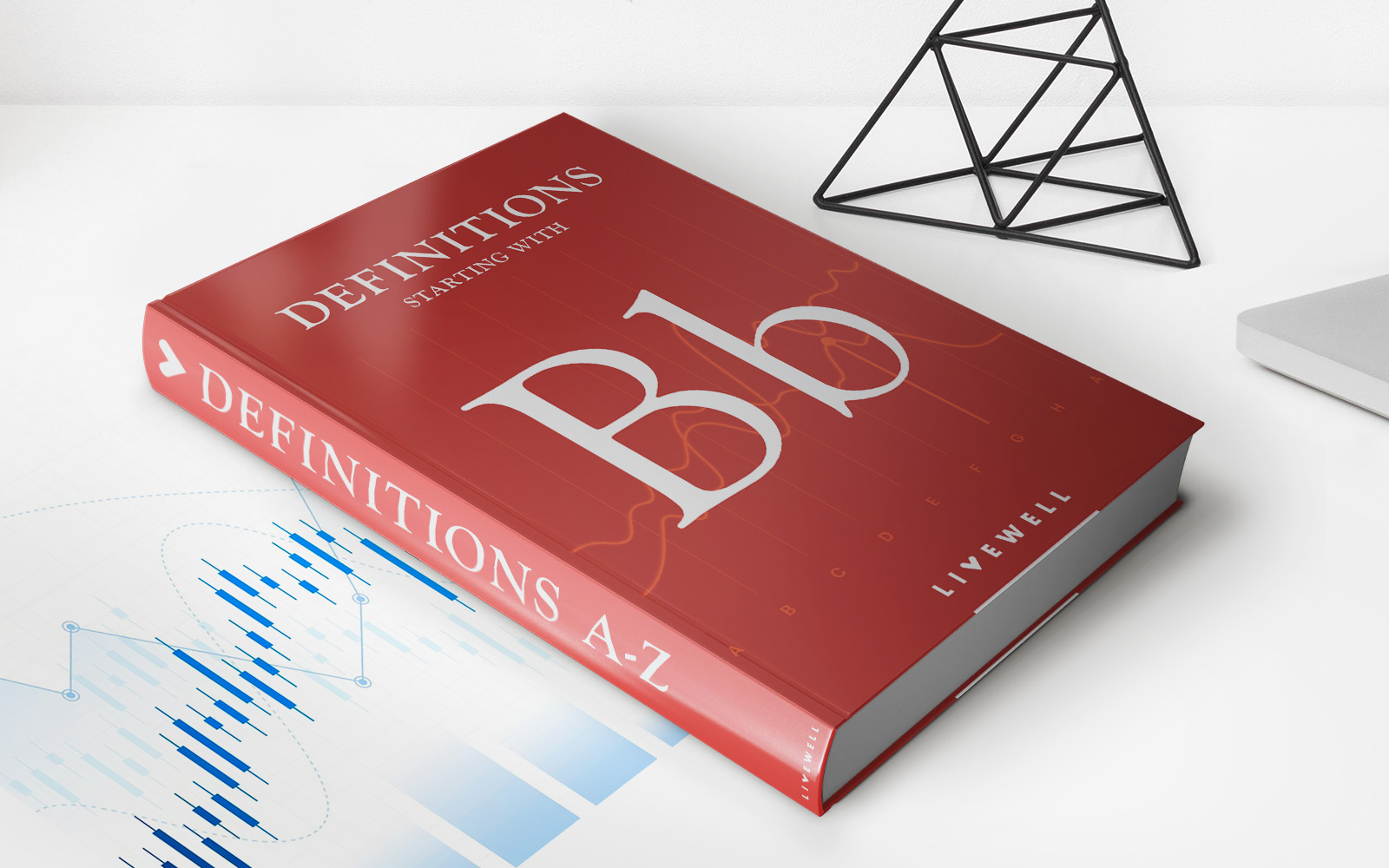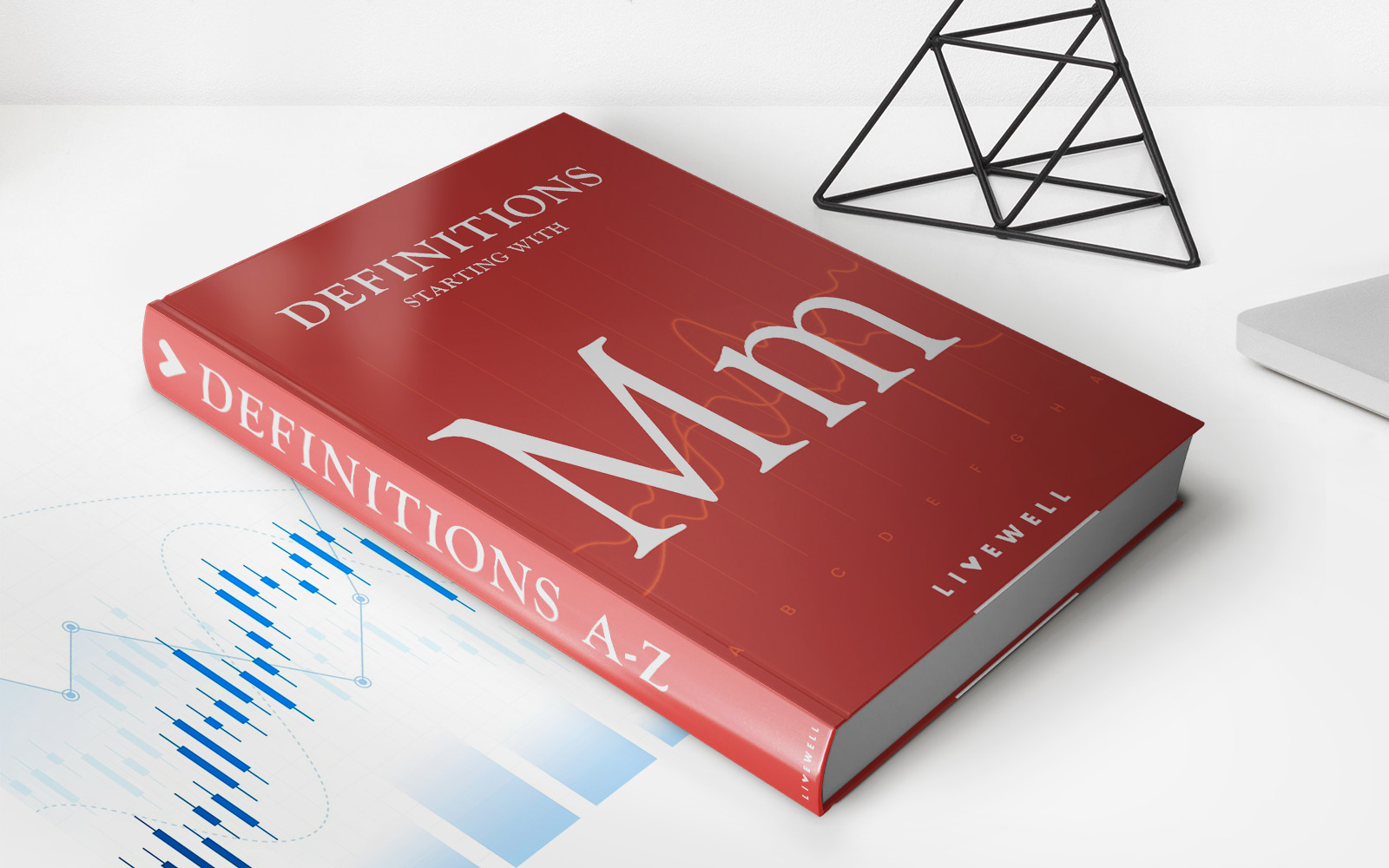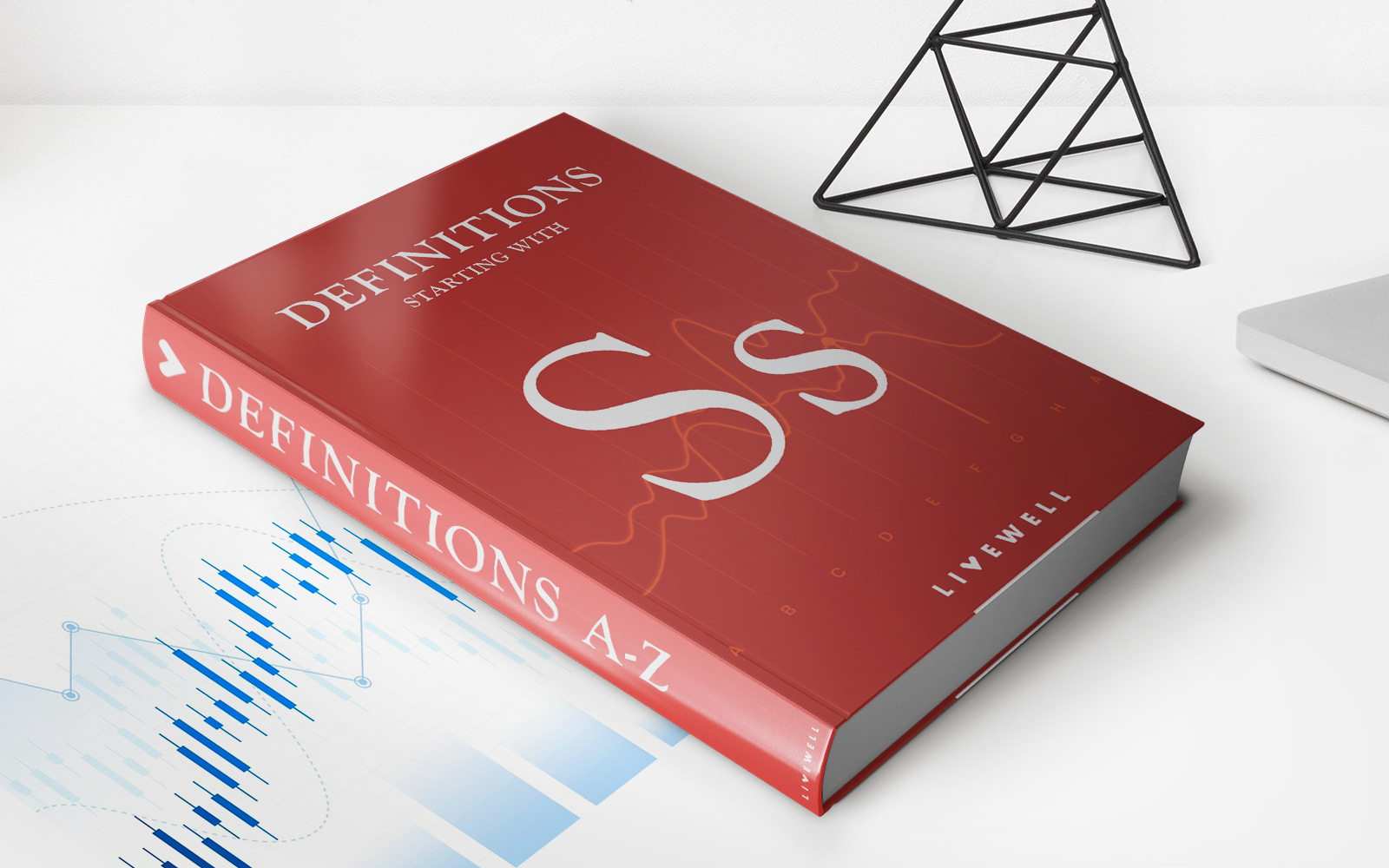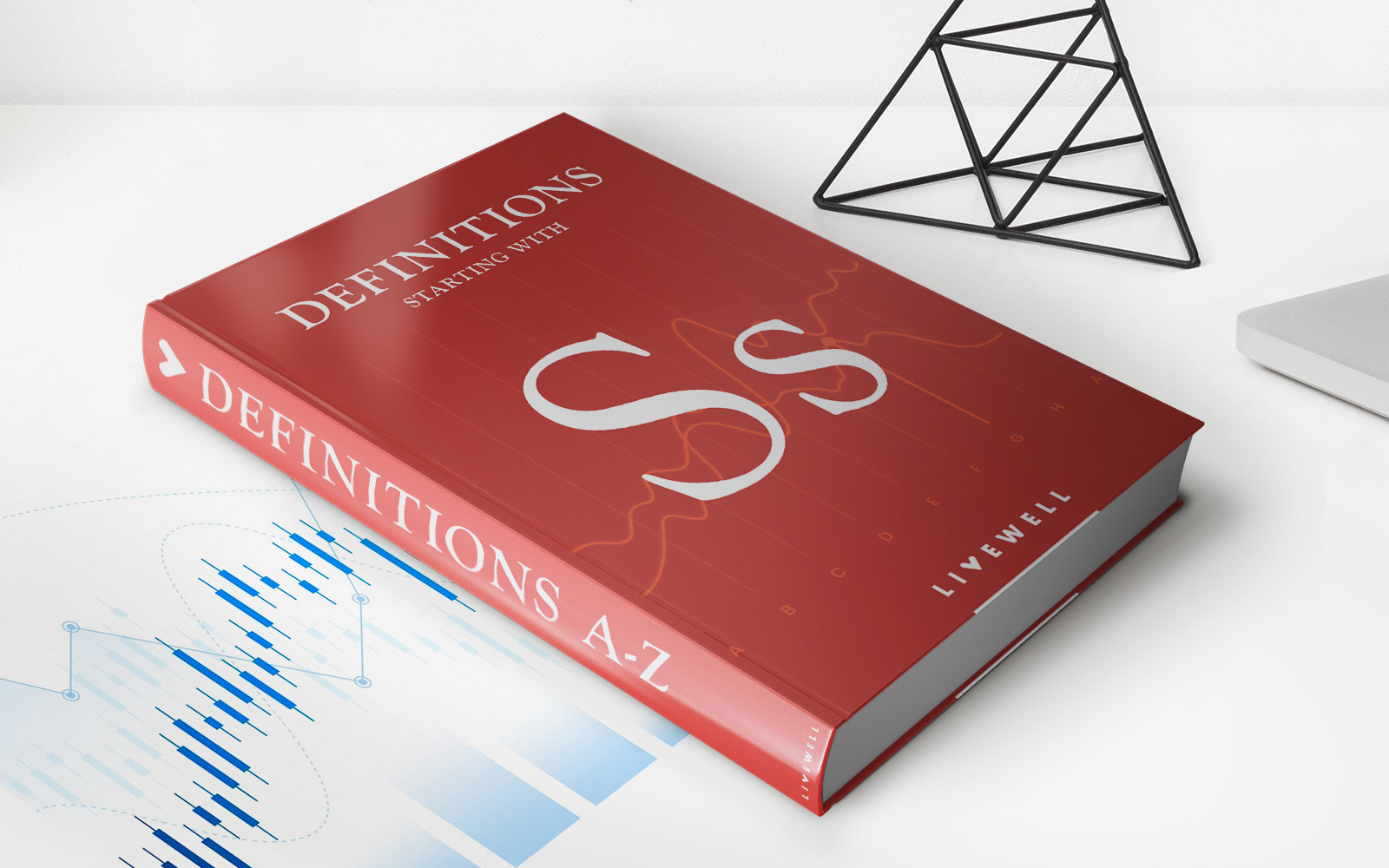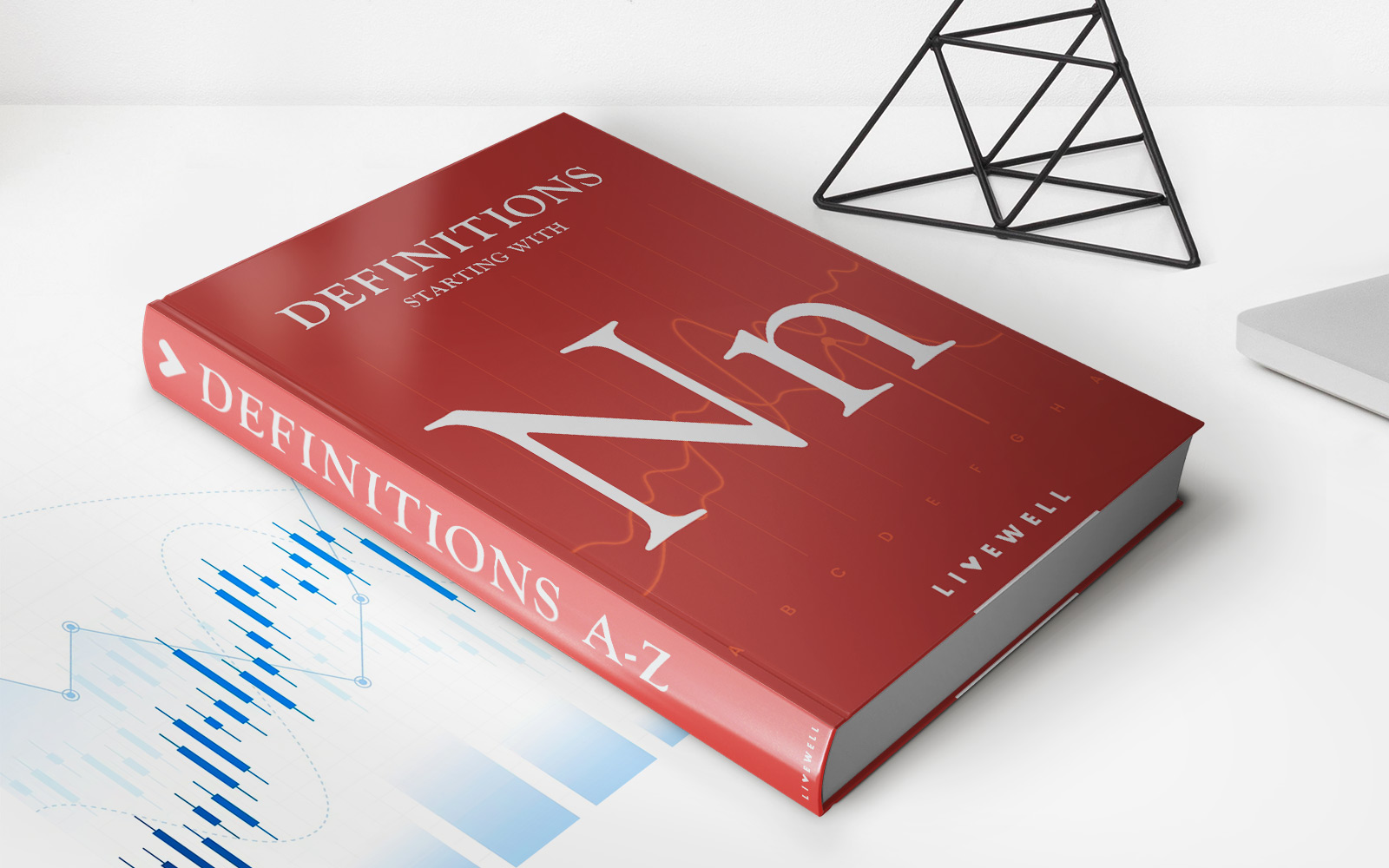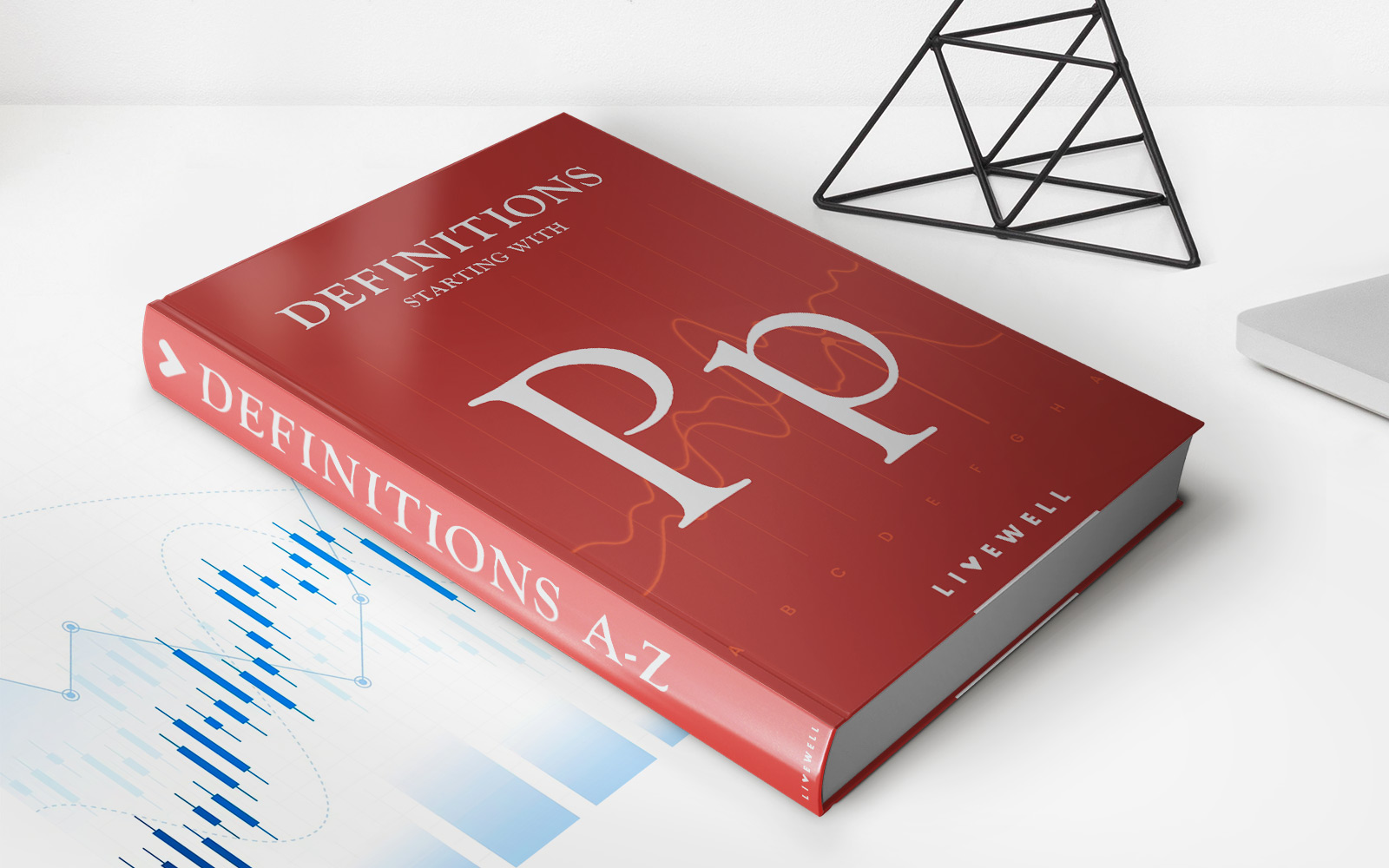Home>Finance>Currency Symbol: Definition, History, And Examples
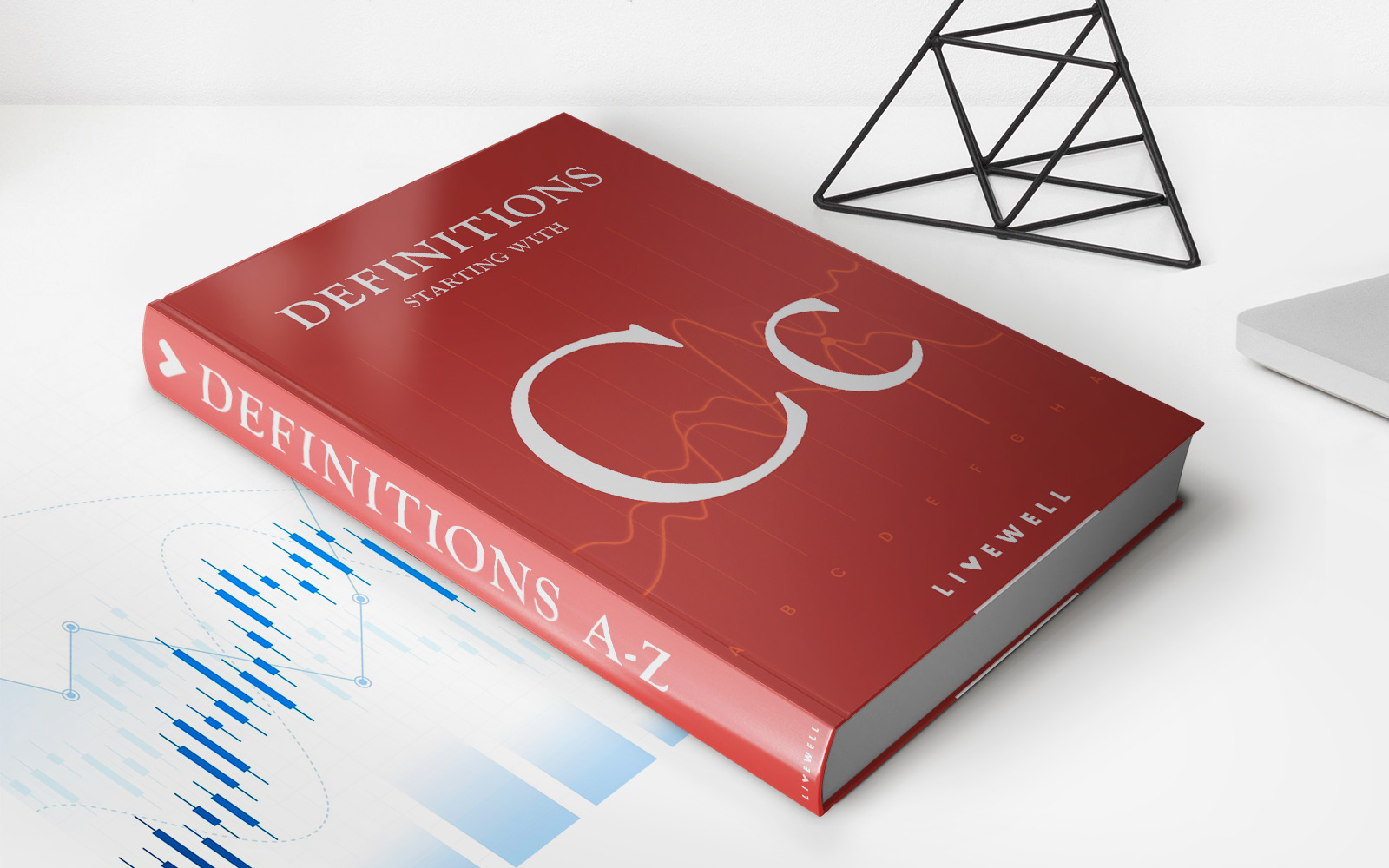

Finance
Currency Symbol: Definition, History, And Examples
Published: November 6, 2023
Learn about the history, definition, and examples of currency symbols in finance. Discover how these symbols play a vital role in global economies.
(Many of the links in this article redirect to a specific reviewed product. Your purchase of these products through affiliate links helps to generate commission for LiveWell, at no extra cost. Learn more)
Currency Symbol: Definition, History, and Examples
Have you ever wondered about the symbols that represent the various currencies used around the world? Currency symbols are an essential part of financial transactions and play a crucial role in international business, trade, and finance. In this blog post, we will explore the definition, history, and examples of currency symbols.
Key Takeaways:
- Currency symbols are graphical representations used to denote different monetary units.
- Each currency symbol has its own unique design and is often derived from historical, cultural, or representative elements.
What is a Currency Symbol?
A currency symbol is a visual representation of a specific currency used in various transactions. It is typically a unique symbol or a combination of letters that allows traders, investors, and individuals to identify and differentiate one currency from another. Currency symbols are used in currency markets, financial communications, and banking systems worldwide.
The History of Currency Symbols
The use of currency symbols dates back to ancient times. Initially, currencies were represented using various abbreviations or the first letter of the currency’s name. However, as trade and international relations expanded, the need for standardized symbols became evident.
The use of symbols for currency gained prominence during the Renaissance period. Merchants and traders began using unique symbols to represent currencies, making it easier to identify and transact. Over time, these symbols evolved and became more standardized.
The modern currency symbols we see today were developed in the late 17th and early 18th centuries. Major world currencies, such as the dollar ($), the pound (£), and the yen (¥), adopted their unique symbols during this period.
Examples of Currency Symbols
Here are some commonly recognized currency symbols:
- United States Dollar: $
- European Euro: €
- British Pound Sterling: £
- Japanese Yen: ¥
- Canadian Dollar: $
- Australian Dollar: $
- Swiss Franc: CHF
- Chinese Yuan: ¥
- Indian Rupee: ₹
- South African Rand: R
These currency symbols represent some of the world’s most influential economies and are widely recognized in financial markets.
Conclusion
Currency symbols are more than just visual representations of monetary units. They hold historical and cultural significance and are integral to financial transactions and global trade. Understanding currency symbols allows individuals and businesses to navigate the complex world of finance with ease. The more you know about currency symbols, the better equipped you are to participate in the global economy.
So, the next time you come across a currency symbol, take a moment to appreciate the history and significance it holds in the world of finance.
